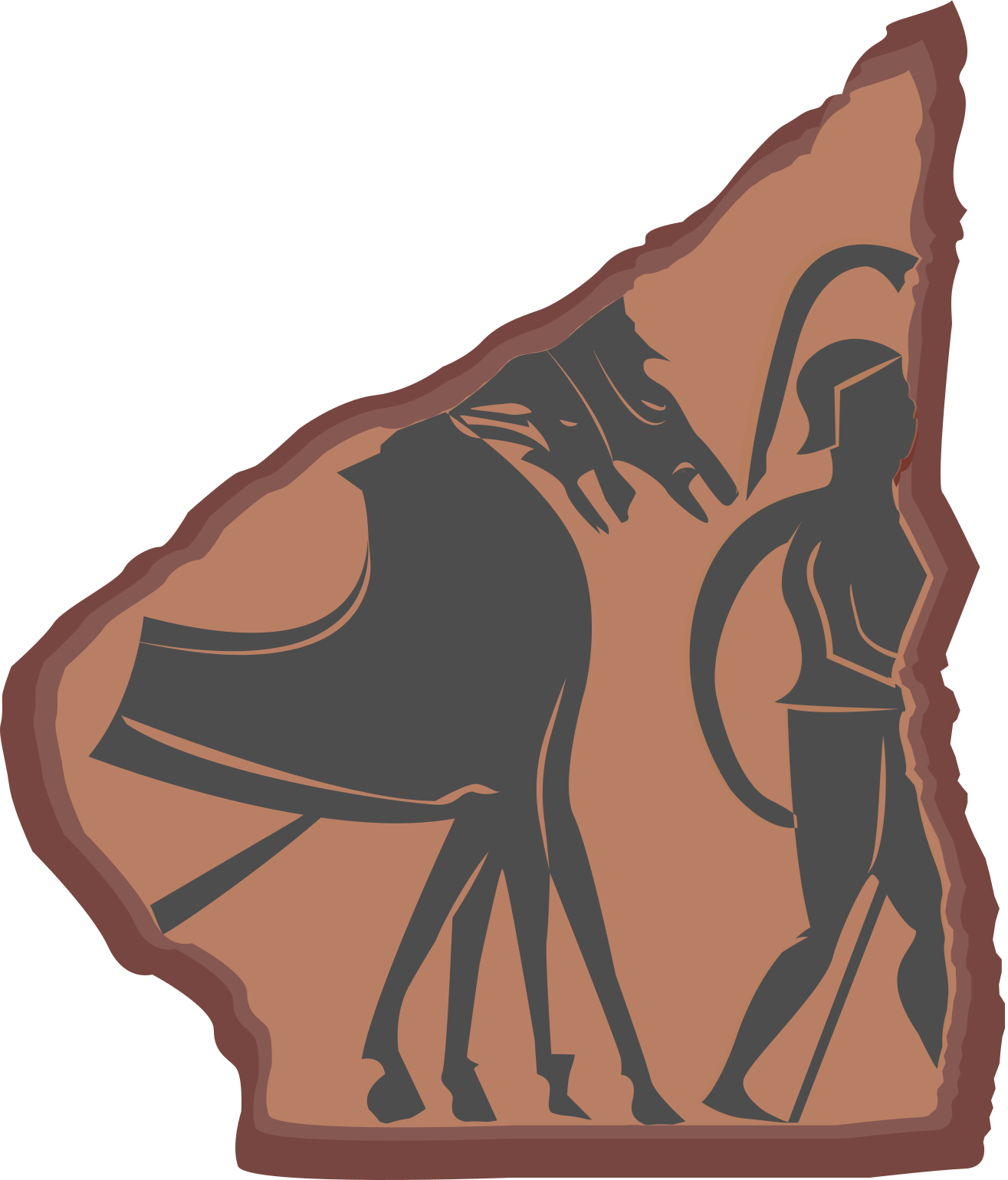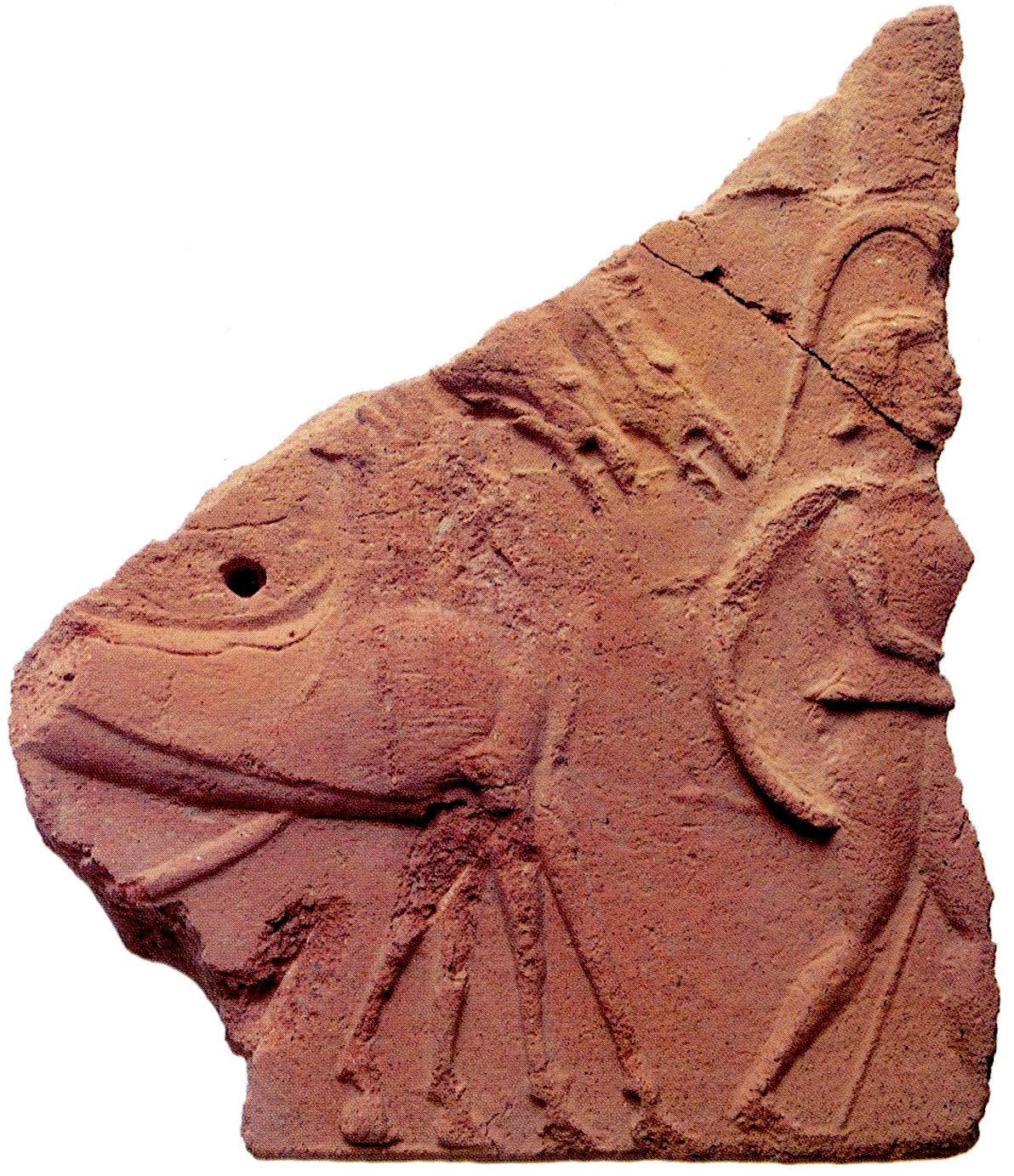- S. Quilici Gigli, Tuscana, Forma Italiae VII.2, Roma 1970.
- G. Colonna, La cultura dell'Etruria meridionale interna con particolare riguardo alle tombe rupestri, in Aspetti e problemi dell'Etruria interna. Atti dell'VIII Convegno Nazionale di Studi Etruschi ed Italici, Orvieto 1972, Firenze 1974, pp. 253-265
- G. Barker, T. B. Rasmussen, The Archaeology of an Etruscan Polis: a Preliminary Report on the Tuscania Project (1986 and 1987 Seasons), in BSR 56, 1988, pp. 25-42.
- A.M. Sgubini Moretti, Tomba a casa con portico nella necropoli di Pian di Mola di Tuscania, in II Congresso Internazionale Etrusco, Roma 1989, pp. 321-335.
- T. B. Rasmussen, Tuscania and its Territory, in Roman Landscapes. Archaeological Survey in the Mediterranean Region (Archaeological Monographs of the British School at Rome, 2), London 1991, pp. 106-114.
- A.M. Sgubini Moretti, Nuovi dati dalla necropoli rupestre di Pian di Mola di Tuscania, in Bollettino di Archeologia 7, 1991, pp. 23-38.
- C. Iaia, A. Mandolesi, Topografia dell’insediamento dell’VIII secolo in Etruria meridionale, Journal of Ancient Topography III, 1993, pp. 17-48. M. Rendeli, Città aperte, Roma 1993, pp. 246-282.
- A.M. Sgubini Moretti, L. Ricciardi, Le terrecotte architettoniche di Tuscania, in Deliciae Fictiles I, 1993, pp. 163-181. A. Naso, Architetture dipinte, Roma 1996, 258-262, fig. 197 n. 7. A.M. Moretti Sgubini, Tuscania, in EAA II Suppl. (1971-1994), V, Roma 1997, pp. 870-871. A.M. Moretti Sgubini, Importazioni a Tuscania nell'Orientalizzante medio, in Damarato. Studi di antichità classica offerti a Paola Pelagatti, Roma 2000, pp. 181-194.
- G. Scardozzi, Tuscania, in Lo sguardo di Icaro. Le collezioni dell’Aerofototeca Nazionale per la conoscenza del territorio, a cura di M. Guaitoli, Roma 2003, pp. 253-257.
- A. M. Moretti Sgubini, L. Ricciardi, Testimonianze di Tuscania, in A.M. Moretti Sgubini (ed.), Scavo nello scavo. Gli Etruschi non visti. Ricerche e “riscoperte” nei depositi dei Musei archeologici dell’Etruria meridionale. Catalogo della mostra, Viterbo 2004, pp. 63-67.
- S. Costantini, L. Ricciardi, Contatti tra Tuscania e l’area orvietano-volsiniese: alcuni materiali, in AnnFaina 12, 2005, pp. 245-268.
- A. M. Moretti Sgubini, Tuscania e Orvieto, in AnnFaina 12, 2005, pp. 213-244.
- L. Ricciardi, Qualche nuovo dato da Tuscania, in M. Pandolfini Angeletti (ed.), Archeologia in Etruria Meridionale, Atti delle giornate di studio in ricordo di Mario Moretti, Civita Castellana 2003, Roma 2006, pp. 131-162.
|
|
- P. Petitti, Colle San Pietro, in Repertorio dei siti protostorici del Lazio. Province di Roma, Viterbo e Frosinone, Firenze 2007, 324-325.
- N.A. Winter, Symbols of wealth and power. Architectural terracotta decoration in Etruria and Central Italy, 640-510 BC, Ann Arbor 2010, pp. 561-562.
- A.M. Moretti Sgubini, L. Ricciardi, S. Costantini, Ricerche nella necropoli di Guadocinto, in Daidalos 10, 2010, pp. 49-100.
- A. M. Moretti Sgubini, L. Ricciardi, Considerazioni sulle testimonianze di Tuscania e di Vulci, in Tetti di terracotta. La decorazione architettonica fittile tra Etruria e Lazio in età arcaica, Roma 2011, pp. 75-86.
- A. M. Moretti Sgubini, L. Ricciardi, Terrecotte architettoniche di Guadocinto di Tuscania, in Deliciae Fictiles IV, ed. by P. Lulof, C. Rescigno, Oxford-Oakville 2011, pp. 155-163.
- A. M. Moretti Sgubini, Tuscania, in Bibliografia Topografica della Colonizzazione Greca in Italia XXI, Pisa, Roma, Napoli 2012, pp. 312-330.
- G. Scardozzi, La necropoli etrusca di Casale Galeotti a Tuscania: studio storico-topografico, in Atlante Tematico di Topografia Antica XXII, 2012, pp. 99-121.
- S. Bruni, Un corredo orientalizzante da Tuscania e le phorminges etrusche, in L’Etruria meridionale rupestre, atti del convegno internazionale, Barbarano Romano Blera 8-10.10.2010, Roma 2014, pp. 196-221.
- S. Costantini, L. Ricciardi, Lo spazio funerario intorno ai tumuli di Guadocinto a Tuscania, in AnnFaina 22, 2015, 637–651.
- A. M. Moretti Sgubini, Tumuli a Vulci, tumuli a Tuscania, in AnnFaina 22, 2015, 597–636.
- A. M. Moretti Sgubini, Una tomba infantile della necropoli di Sasso Pizzuto di Tuscania, in Mediterranea XV, 2018, pp. 309-322.
- A.M. Moretti Sgubini, S. Costantini, Testimonianze della cultura di Tuscania tra orientalizzante antico e medio, in L’Etruria delle necropoli rupestri, atti del XXIX Convegno di Studi Etruschi e Italici, Tuscania, Viterbo. 26 – 28.10.2017, Roma 2019, 275-304.
- G. Scardozzi, Gli ipogei della necropoli etrusca di Casale Galeotti (Tuscania): tipologie architettoniche e trasformazioni, in Daidalos 17, Miscellanea di archeologia, topografia antica e filologia classica, a cura di G.M. Di Nocera, Viterbo 2019, 81-128.
- G. Barker, T. Rasmussen, In the Footsteps of the Etruscans. The Tuscania Archaeological Survey, London, in pres
|






